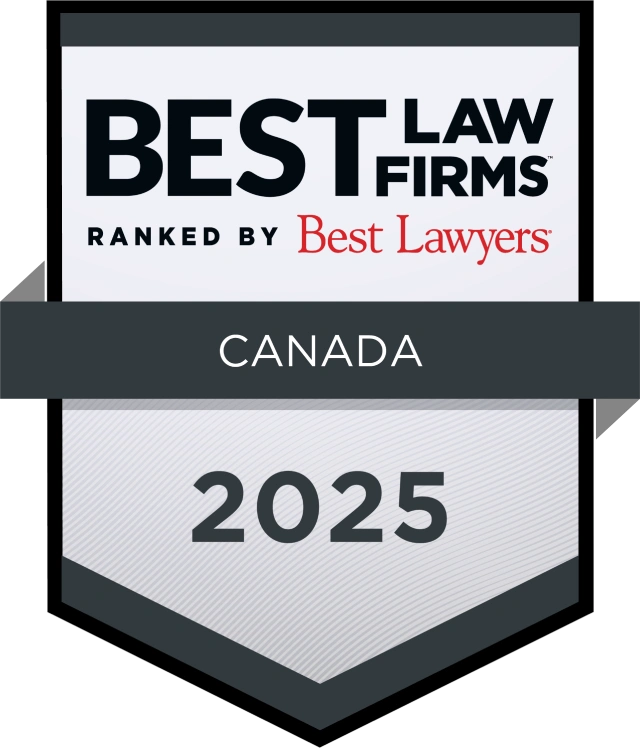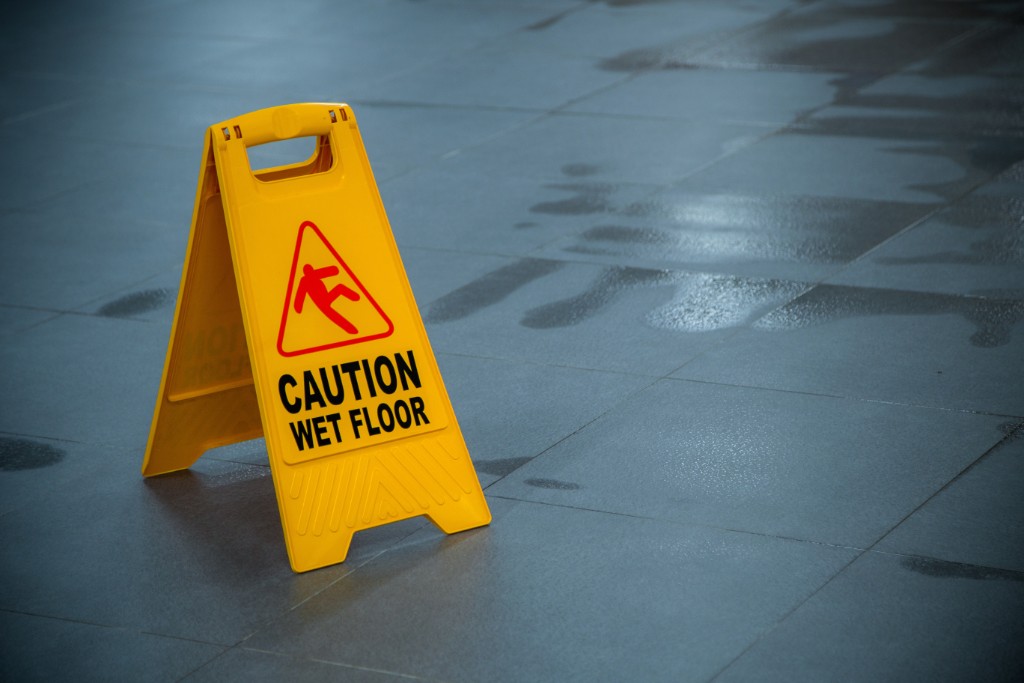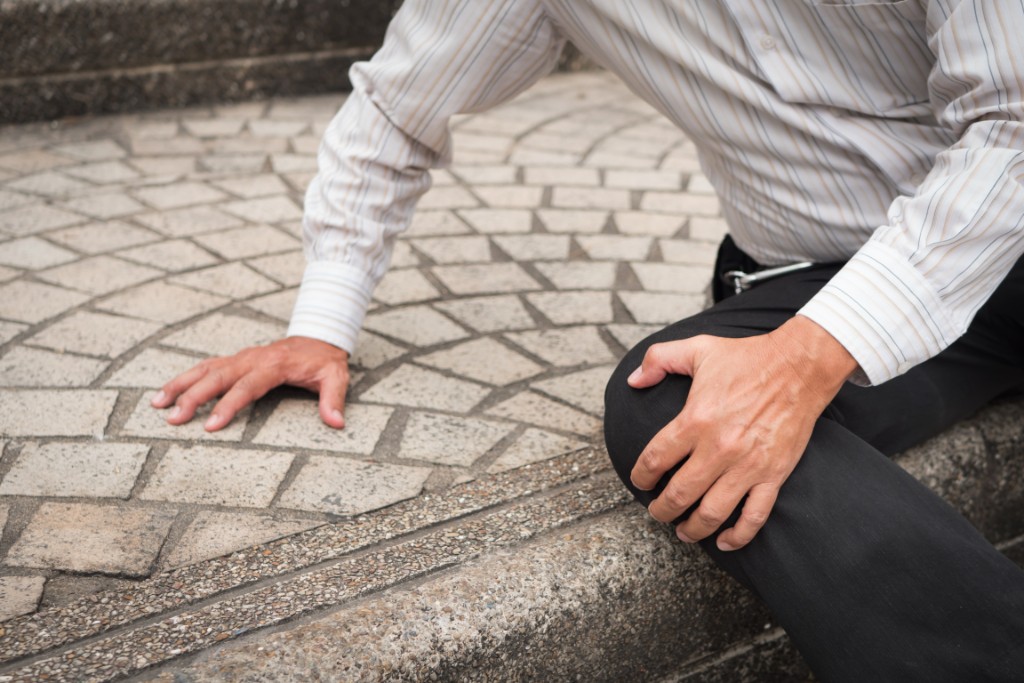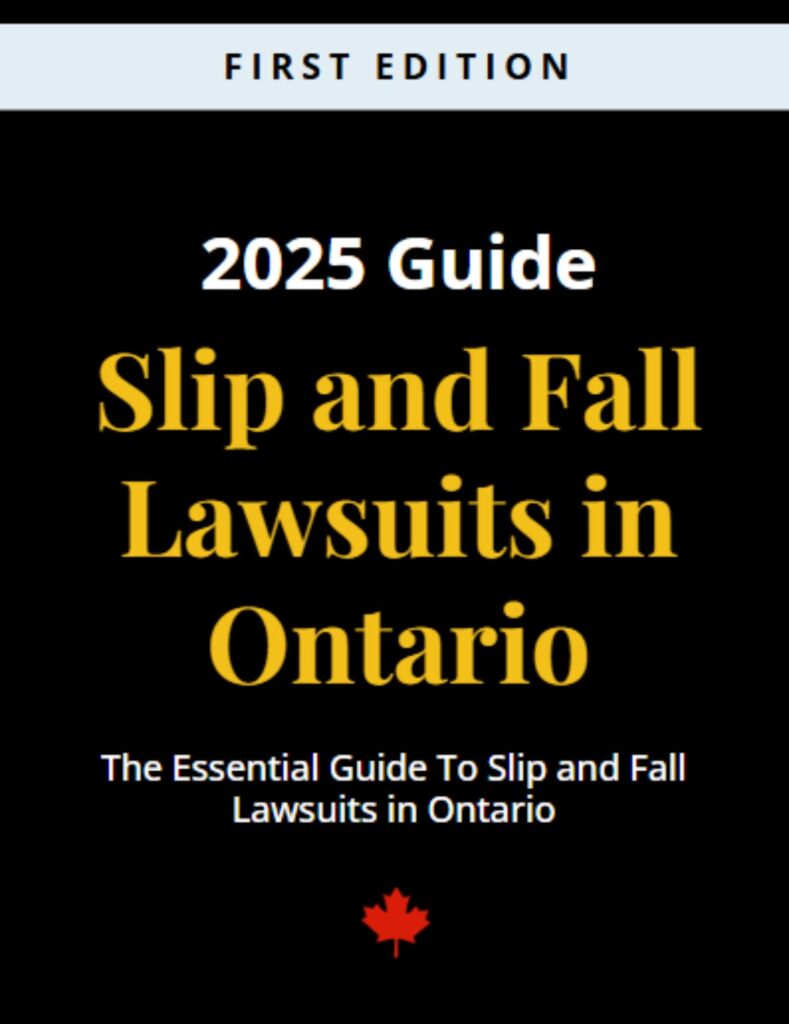Thunder Bay Slip And Fall Lawyer
Find out if you have a case today.
Contact our Thunder Bay slip and fall accident lawyers for a free consultation if you have legal questions regarding your slip and fall accident claim.
Table of Contents
The people and/or entities that own and/or occupy commercial or residential properties in this province have a responsibility to the people who engage with their spaces. Their legal obligations to safeguard the physical health and well-being of people visiting or passing by their premises are outlined in the province’s Occupiers’ Liability Act.
In accordance with this provincial legislation, property owners and/or occupiers must take certain precautions to reduce the risk of injurious accidents on their premises, including serious slips and falls. These precautions might include:
- Routinely inspecting the premises for potentially dangerous maintenance issues
- Addressing any hazards in an effective, timely manner
- Shoveling snow before it accumulates too much
- Removing and applying salt to patches of ice
- Clearing cluttered hallways
- Securing loose carpeting/floorboards
- Cleaning spilled liquids
- Replacing burnt out lightbulbs
- Displaying clearly visible warning signs
- And more
If a property owner/occupier fails to take any kind of precaution and an injury-causing accident occurs as a result, they might be considered negligent. Therefore, they might be required to compensate injured victims of slip and fall accidents on their premises for damages they have incurred because of their injuries.
Although slips and falls might sound fairly harmless, in actuality they can be the cause of severe injuries with lifelong implications for the accident victim. The adverse effects of injuries sustained as the result of a slip and fall accident could be physical, psychological, and economic.
Indeed, no one truly appreciates just how costly the process of recovering from injuries can be until they find themselves in the unfortunate circumstances themselves. Many injured accident victims incur substantial economic and non-economic damages as a result of a property owner/occupier’s negligence.
By working with our Thunder Bay slip and fall accident lawyers, people who were injured on someone else’s property might be able to hold the negligent party accountable for their actions (or inactions) by pursuing legal action against them. Our slip and fall accident lawyers serving Thunder Bay have helped numerous deserving clients recover the damages they are rightfully owed, including:
- Medical expenses
- Pain and suffering
- Lost wages
- Reduced earning capacity
- Attendant care
- Physiotherapy
- Mobility aids, assistive medical equipment
- Prescriptions
- Home modifications to accommodate newly acquired disabilities
- Ambulance services
- Mileage expenses to and from medical appointments
- Housekeeping services
- And possibly more
To review the details of your case and learn whether you might be eligible to pursue legal action against the at-fault property owner/occupier whose negligence caused you to sustain compensable injuries, schedule a free initial consultation with our slip and fall accident lawyers serving Thunder Bay by calling 1-800-JUSTICE.
Contact Preszler Injury Lawyers Today
No one should be forced to pay for someone else’s negligence. If you were injured on someone else’s property, our Thunder Bay slip and fall accident lawyers might be able to provide you with useful legal support and advice. To review the details of your case and learn about options for financial recovery that might be available to you, contact Preszler Injury Lawyers.
Do you live in Thunder Bay? Here’s how we can help:
Proudly Canadian
Award Winning Personal Injury Law Firm
We are proud to be one of Canada’s oldest and long-standing personal injury law firms. Since 1959, we have been providing exceptional legal services and have established ourselves as leading personal injury lawyers in the Canadian legal community. It’s not just the awards that recognize our achievements, but also the wins we’ve achieved for thousands of Canadians with their slip and fall accident claims.



Case Results
slip and fall accident Settlements
Please note that past results are not indicative of future results as each scenario presents itself with its unique set of circumstances. But here are some slip and fall accident related wins we’ve had for our clients.
More slip and fall accident Topics
Here’s more information on slip and fall accident related topics that we think you might find helpful.

slip and fall accident
|
December 7, 2023
Slip and Fall Claims on Commercial Properties – What is needed to prove liability?
The legal intricacies surrounding slip and fall claims on ice and/or snow can be challenging to any lawsuit. Failing to appreciate the law and facts…

slip and fall accident
|
May 16, 2023
Slip and Fall Accidents and Wet Floor Signs: Details Matter
The last thing anyone wants is to slip and fall in a public place and hurt themselves. Plaintiffs in personal injury cases have no control…

slip and fall accident
|
May 5, 2023
Occupiers’ Liability Amendment Act, 2020: Injured Ontarians Who Hesitate Are Lost
Bill 118, also known as the Occupiers’ Liability Amendment Act, 2020, was introduced by Ontario’s Progressive Conservative government. It received royal assent on December 8,…
More slip and fall accident Video Resources
We also have some videos on the topic of slip and fall accident claims
slip and fall accident FAQs
Here are some commonly asked questions for slip and fall accident claims
What should I do after slipping and falling on someone else’s commercial or residential property?
After a slip and fall accident on someone else’s property, it is essential to seek medical attention immediately. Report the incident to the property owner or manager and get their contact information. Collect evidence, such as photographs of the scene, names and contact information of witnesses, and any other relevant information. Contact our Ontario slip and fall accident lawyers to discuss your legal options during a free initial consultation.
What should I do after slipping and falling on property controlled by the city or municipality (e.g., a sidewalk)?
It is important to report the incident to the office of the city’s clerk as soon as possible. In a written letter delivered by registered mail within 10 days of the accident, provide the city clerk with relevant information, such as the date, time, and location of the accident, any maintenance flaws or hazards that might have been responsible for your fall, and the injuries you sustained. Take photos of the scene, gather witness information, and seek medical attention before scheduling a free initial consultation with a slip and fall accident lawyer.
How long will it take to settle my case?
The time it takes to settle a slip and fall accident case can vary. Some cases settle within a few months, while others may take several years. The timeline can depend on a number of factors, such as the complexity of the case, the severity of the injuries sustained, and the willingness of the parties involved in the claim to negotiate.
How long do I have to sue
Generally speaking, you have two years from the date of your accident in which to begin legal action. However, in certain situations, additional limitations can appy. For example, if your slip and fall accident was the result of improperly cleared ice and/or snow, you must provide the negligent parties with a written notice of claim within 60 days of your accident in order to pursue legal action against them during the two-year limitation period.
Do I have a strong case?
The strength of a slip and fall case depends on several factors, such as the severity of the injuries you have sustained and the availability of evidence proving that the property owner/occupier’s negligence caused the accident to occur. To determine whether you have a viable case, contact our Ontario slip and fall accident lawyers for a free initial consultation.
How much compensation will I get?
By working with our Ontario slip and fall accident lawyers, you may be able to recover compensation for damages you have incurred (or will incur in the future) as a result of the injuries you sustained on someone else’s premises. These damages will be case-specific, determined by the financial losses you have and/or will sustain. You could be eligible to receive compensation for medical expenses, lost wages, reduced future earning capabilities, and other financial losses related to your accident.
Got more questions?
If you have more questions or need legal help regarding slip and fall accident claims, contact our legal team for help.
We’re happy to help.
INJURED IN AN ACCIDENT IN Thunder Bay?
Book a FREE Consultation
With Our Legal Team Today
Our phone lines are available 24/7
During your free consultation you will find out if you have a case worth pursuing as well as answers to any legal questions you may have.

